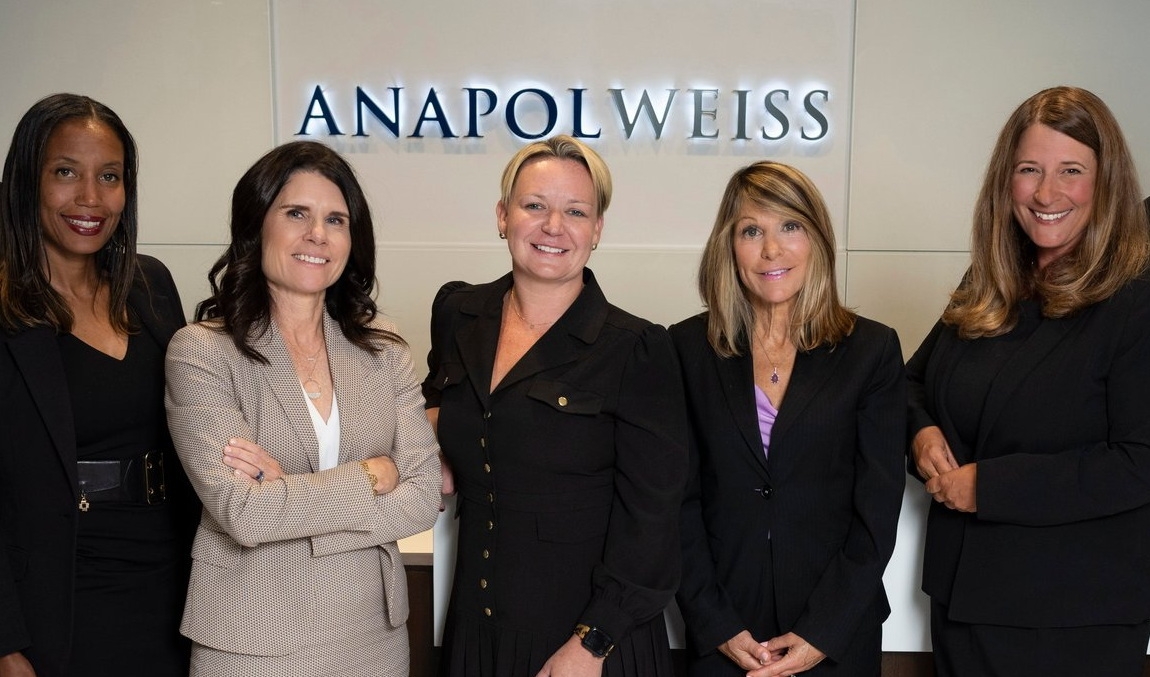The physical difficulties of brachial plexus palsy may go away in a few months, or they can last a lifetime.
About one-third of infants who suffer from brachial plexus palsy do not recover, according to a 2009 study published in the Journal of Children’s Orthopaedics. Those whose birth injuries are permanent may face a lifetime of doctor appointments, treatments and therapy.
When your child is suffering the consequences of medical malpractice, you need an advocate on your side to discuss your options and obtain the stability your family needs.
A brachial plexus palsy prognosis depends largely on the extent of the birth injury. While stretched brachial plexus nerves can heal with time, avulsed nerves – those that are ripped from the root – can leave lasting damage to the shoulder, arm, wrist and hand that surgery may not even fix.
Brachial plexus palsy treatment may include:
- Surgery
- Neurosurgeon visits
- Pediatric appointments
- Intensive physical therapy
- Occupational therapy
Infants with a severe brachial plexus injury can be identified as early as one month of age by testing elbow extension and flexibility, a 2011 Dutch study reported. Once a prognosis is noted, parents will learn the extent of therapy needed and possible surgeries their child may have to undergo to get the best outcome for his or her injury.
Oftentimes, the whole situation could be prevented. When a baby suffers from shoulder dystocia during delivery, it’s a physician’s job to carefully dislodge the shoulder from the pubic bone without causing injury. Pulling too hard or applying too much pressure can lead to nerve avulsion that will not heal. This is not a simple stretch injury.
An avulsed brachial plexus nerve during delivery is likely a medical malpractice issue. Contact our firm for assistance if your baby diagnosed with brachial plexus palsy.

